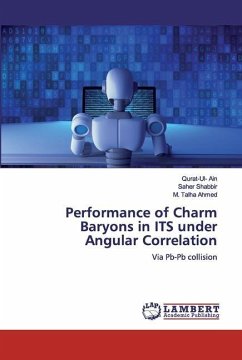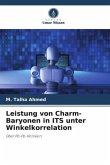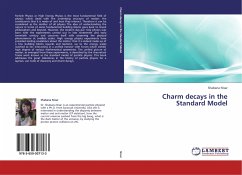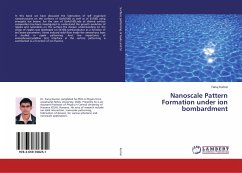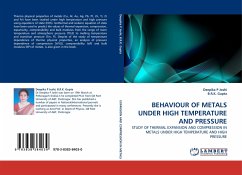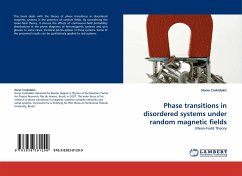Charm Baryons via the P b - P b collision has been studied at 2.73 T eV energy. In this collison the more prominent decay channel + c K- +P +pi + has been studied. This study was done considering the Inner Tracking System (ITS) of the A Large Ion Collider Experiment (ALICE) in Geneva, Switzerland at a laboratory, the Conseil European pour la Recherche Nucleaire (European Council for Nuclear Research, CERN). Present ITS is not adequate for the production of charm baryons as they are not accessible by the ALICE in the central P b - P b collisions. In this study the main focus is to simulate the Silicon Pixel Detector (SPD) to detect the short decay length particle i.e. c with the good specification of the detector. As the decay length of 60µm is lower than the impact parameter resolution of the present ITS in traverse momentum, so we choose to do the simulation using the angular correlation to get the number of events and to suppress the background, which is the main physics Problem in the Present ITS. GEANT4 has been used for the simulation purpose.

